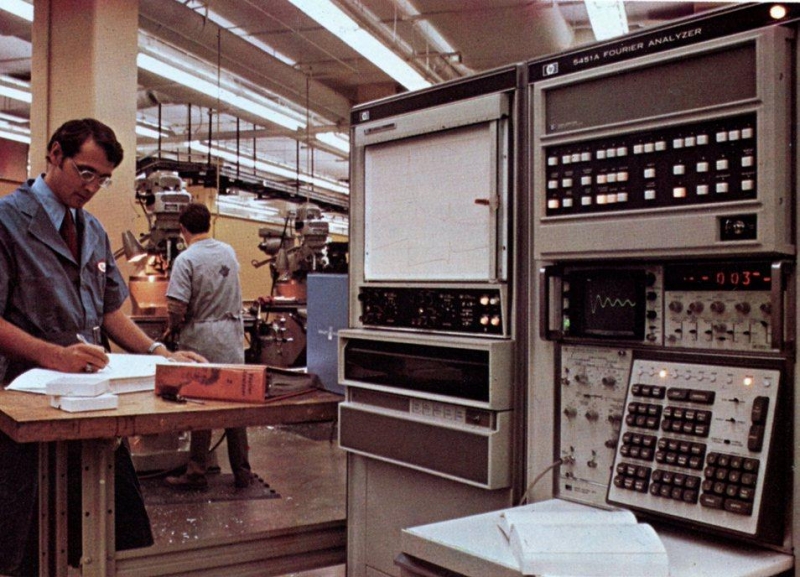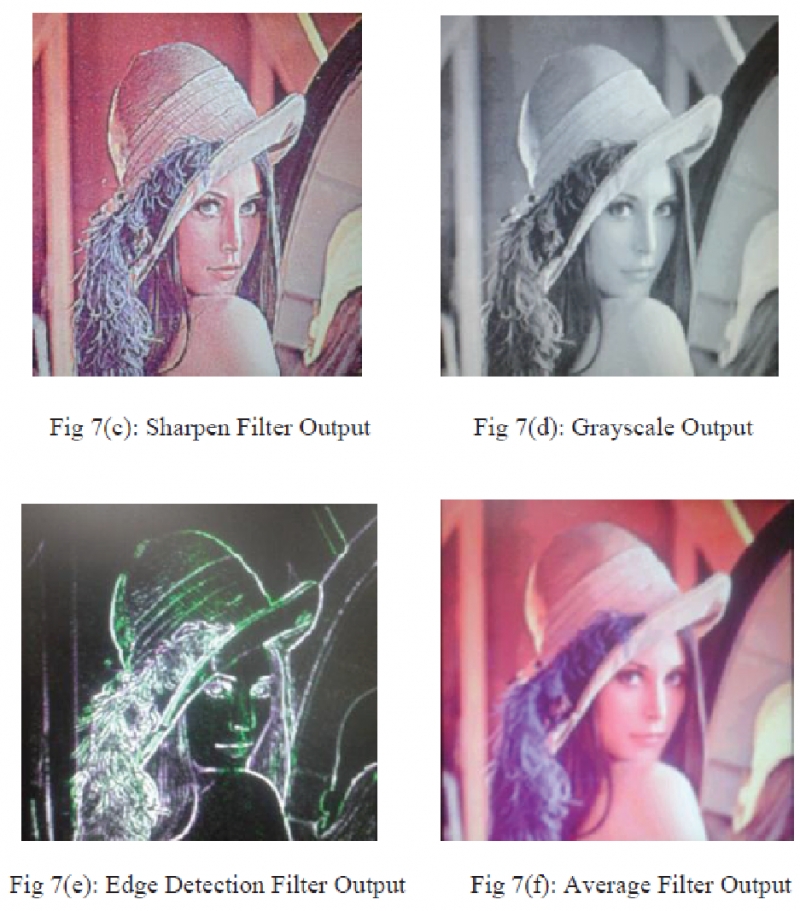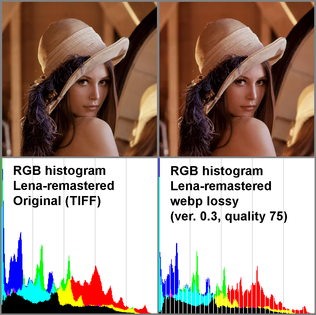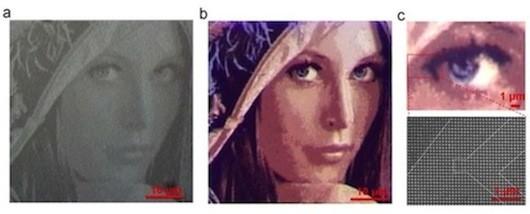First Lady of the Internet

The photo of the girl above, I think, is familiar to many users of the world wide web, and especially to those who are faced with digital image processing. This picture is often used to evaluate image processing algorithms. In fact, the real interest is not the beauty itself in the picture, but the history of its appearance. Under the cut the story of the life of the “first lady of the Internet”.
So, in the courtyard in 1969 and the height of the Cold War, to which the world owes much to the appearance of the Internet. In these years, the ARPANET network appears in the USA. Its development involved scientists from the University of California at Los Angeles, Stanford Research Center, the University of Utah and the University of California at Santa Barbara.
In 1973, researcher Alexander Savchuk from the University of Southern California worked on the development of an image compression algorithm, and to test it, an excellent picture was needed that would fit in several parameters. On the nose was a conference where the researcher had to make a scientific report. As a rule, the standard images used for the tests were extremely boring and already rather tired of the researchers. The image should have been a human face. Human features allow you to see on the compressed versions of the image all the details of the algorithm. The team of developers of the algorithm consisted of men out of a row, so it is not surprising that the choice fell on Playboy magazine of 1972, which someone brought to the laboratory.

Looking at the photo of the girl of the month, the researchers tore off the top of the poster with the face of the model so that it could be wrapped around the drum of the “Murhead” scanner.


“Myrhead” - was a photo-telegraph machine analog-to-digital converter. After processing on the scanner, the image was transferred to a Hewlett Packard 2100 minicomputer (well, it was then a minicomputer).

Muirhead gave a fixed resolution of 100 lines per inch. The engineers wanted an image of 512x512, so they had to cut the picture at about shoulder level of the model. The file was named Lenna after the Swedish fashion model Lenna Schieblom (Swede. Lenna Sjööblom). During the research, Lenna proved to be a good test image, and the scientific achievements obtained by engineers formed the basis of the JPEG and MPEG standards funded by the Pentagon in the framework of the ARPANET project.
Over time, this piece of image has been increasingly used to evaluate image processing algorithms and in a number of other studies. His first used in the transmission network ARPANET.
For a long time, the model in the picture Lenna Schöblom did not even know about her status as the “first lady of the Internet”. By the way, such popularity among scientists almost ended in a trial for themselves. Playboy was simply enraged by the unauthorized use of the image, but when the November issue of the magazine suddenly sold out seven million copies and Playboy let everything down. And Lenna became an icon of the digital community so much so that in 1997, the former model shown on it was invited to the 50th Imaging Science and Technology (is & T) scientific conference in Boston. She distributed many autographs and took photos with many groups of conference participants. In 2015, Lenna Schieblom was also an honored guest at the IEEE International Conference on Image Processing 2015, where she even participated in the award ceremony for the authors of the best articles.
By the way, Lenna is still popular today. It is included in the standard version of OpenCV, as a test image in the C ++ and Python directories.

David Munson, editor-in-chief of the IEEE Transactions on Image Processing journal, believes that the image’s popularity is due to its excellent detailing of light and shading, as well as the presence of blurry and sharp textures. All this together gives excellent ground for testing.


At the same time, he also noted that popularity is largely due to the fact that in the field of image processing, researchers are dominated by men who are more interested in working with the image of an attractive woman than, for example, with a male portrait.
The use of this image by scientists has caused controversy, since in the west Playboy is considered by some to be a degrading magazine for women. Lenna's photo was even indicated as an example of sexism in science that reinforces gender stereotypes.
Despite all these attacks, scientists continue to actively use the image of Lenna in their works. Although many other test images already exist and some specimens are somewhat better technically, many researchers still remain true to the Lenna image.
All Articles